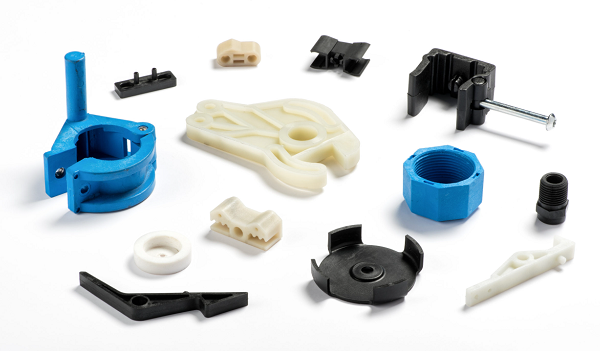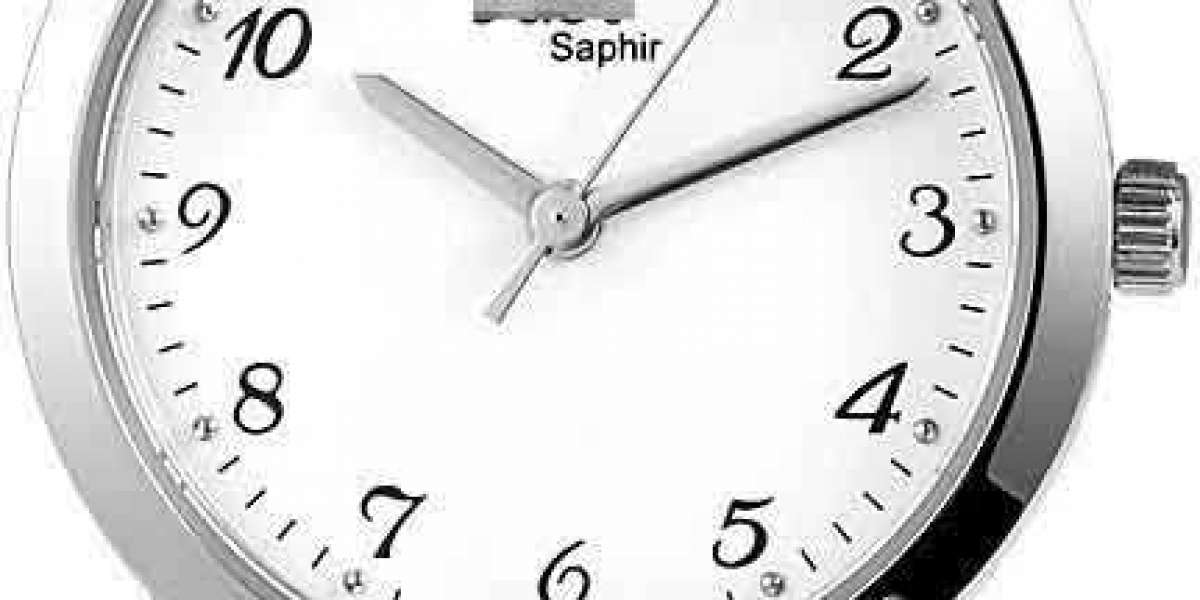1. The heat balance control of injection mold and the heat conduction of injection molding machine and mold is the key to the production of injection parts. Inside the mold, the heat brought by plastics (such as thermoplastics) is transferred to the material and the steel of the mold by thermal radiation, and to the heat conducting fluid by convection. In addition, heat is transferred to the atmosphere and the mold base by thermal radiation. The heat absorbed by the heat conducting fluid is taken away by the mold temperature machine. The heat balance of the die can be described as P = PM PS. Where p is the heat taken away by the mould temperature machine; PM is the heat introduced by plastics; PS is the heat from the mold to the atmosphere.
2. The temperature control system is composed of mold, mold temperature machine and heat conduction fluid. In order to ensure that heat can be added to or removed from the mold, all parts of the system must meet the following conditions: first, in the mold, the surface area of the cooling channel must be large enough, and the diameter of the channel must match the capacity of the pump (pump pressure). The temperature distribution in the cavity has a great influence on the deformation and internal pressure of the part. Reasonable setting of cooling channel can reduce the internal pressure and improve the quality of injection parts. It can also shorten the cycle time and reduce the product cost. Secondly, the mold temperature machine must be able to keep the temperature of the heat transfer fluid in the range of 1 ℃ - 3 ℃, which is determined according to the quality requirements of the injection mold products. The third is that the heat conducting fluid must have good heat conduction ability. The most important thing is that it can import or export a lot of heat in a short time. From a thermodynamic point of view, water is obviously better than oil.
3. Working principle the mould temperature machine is composed of water tank, heating and cooling system, power transmission system, liquid level control system, temperature sensor and injection port. Usually, the pump in the power transmission system makes the hot fluid flow from the water tank with built-in heater and cooler to the mold, and then from the mold back to the water tank; The temperature sensor measures the temperature of the hot fluid and transmits the data to the controller of the control part; The controller adjusts the temperature of the hot fluid to indirectly adjust the temperature of the mold. If the mold temperature exceeds the set value of the controller during the production of the mold temperature machine, the controller will open the solenoid valve and connect the water inlet pipe until the temperature of the hot fluid, that is, the temperature of the mold, returns to the set value. If the mold temperature is lower than the set value, the controller will turn on the heater.
4. The type of mold temperature machine is divided according to the heat transfer fluid (water or heat transfer oil) used. Generally, the maximum outlet temperature of the water transport mould temperature machine is 95 ℃. The oil transporting mould temperature machine is used for the occasions where the working temperature is higher than or equal to 150 ℃. In general, the mold temperature machine with open water tank is suitable for water or oil temperature machine, and the maximum outlet temperature is 90 ℃ to 150 ℃. The main characteristics of this mold temperature machine are simple design and economical price. On the basis of this kind of machine, a kind of high-temperature water temperature machine is derived. Its allowable outlet temperature is 160 ℃ or higher. When the temperature is higher than 90 ℃, the thermal conductivity of water is much better than that of oil at the same temperature, so this kind of machine has outstanding high-temperature working ability. In addition to the second, there is a forced flow mold temperature machine. For safety reasons, the mold temperature machine is designed to work at more than 150 ℃ and uses heat transfer oil. In order to prevent the oil in the heater from overheating, the machine uses a forced flow pumping system, and the heater is composed of a certain number of tubes stacked, in which there are heating elements with fins for guiding.
5. The uneven temperature in the mold is also related to the time point in the injection cycle. After injection, the temperature of the mold cavity rises to the highest, when the hot melt touches the cold wall of the mold cavity, the temperature drops to the lowest when the parts are removed. The function of the mould temperature machine is to keep the temperature constant at θ 2 min and θ 2max, that is to prevent the temperature difference △ θ W fluctuates up and down in the production process or gap. The following control methods are suitable for mold temperature control: fluid temperature control is the most commonly used method, and the control accuracy can meet the requirements of most cases. Using this control method, it shows that the temperature of the controller is not consistent with that of the die; The temperature fluctuation of the mold is quite large, and the thermal factors affecting the mold are not directly measured and compensated. These factors include the change of injection cycle, injection speed, melting temperature and room temperature. The second is the direct control of mold temperature. This method is to install a temperature sensor in the mold, which can only be used when the mold temperature control accuracy is relatively high. The main characteristics of mold temperature control include: the temperature set by the controller is consistent with the mold temperature; The thermal factors affecting the die can be directly measured and compensated. In general, the stability of the mold temperature is better than that by controlling the fluid temperature. In addition, the mold temperature control has good repeatability in the production process control. The third is joint control. Combined control is a combination of the above methods, which can control the temperature of fluid and mold at the same time. In the joint control, the position of the temperature sensor in the mold is very important. When placing the temperature sensor, the shape, structure and the position of the cooling channel must be considered. In addition, the temperature sensor should be placed in the place that plays a decisive role in the quality of injection molded parts. There are many ways to connect one or more mold temperature machines to the controller of the injection molding machine. Considering operability, reliability and anti-interference, it is better to use digital interface, such as RS485. Information can be transferred between the control unit and the injection molding machine by software. The mould temperature machine can also be controlled automatically.
6. The configuration and use of the mold temperature machine should be determined according to the processing material, the weight of the mold, the required preheating time and the productivity kg / h. When using heat transfer oil, the operator must abide by such safety regulations: do not put the mold temperature machine near the heat source stove; The joint is made of taper leak proof hose or hard pipe with temperature and pressure resistance; Regularly check the temperature control circuit, mold temperature machine, joint and mold for leakage and normal function; Change the heat transfer oil regularly; Synthetic oil should be selected with good thermal stability and low coking tendency. In the use of mold temperature machine, it is very important to choose the appropriate heat transfer fluid. Using water as heat transfer fluid is economical, clean and easy to use. Once the temperature control circuit such as hose coupling leaks, the water flowing out can be directly discharged into the sewer. However, water as heat conducting fluid also has some disadvantages: low boiling point of water; According to the composition of the water, it may cause corrosion and scaling, increase the pressure loss and decrease the heat exchange efficiency between the mold and the fluid. When using water as heat transfer fluid, the following precautions should be considered: pretreatment of temperature control circuit with corrosion inhibitor; Use filter before water inlet; Clean the water heater and mould with rust remover regularly. There is no disadvantage of water when using heat transfer oil. The boiling point of oil is high, they can be used in the case of temperature higher than 300 ℃ or even higher, but the heat transfer coefficient of heat transfer oil is only 1 / 3 of that of water, so the oil temperature machine is not widely used in injection molding.








